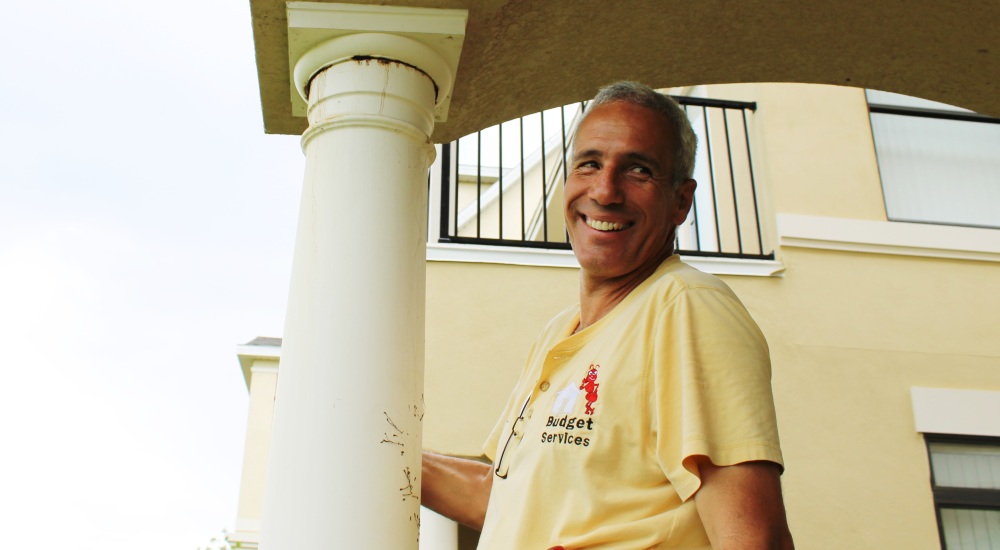You’re not just buying an inspection.
You’re buying peace of mind.
Contact Us
We love hearing from you anytime!
Call, text or email us if you have any questions or use the online scheduler to set up a home inspection.
Proudly Providing Home Inspection Services
Budget Services is proud to be a member of National Association of Certified Inspectors (NACHI); St. Cloud Chamber of Commerce; Affiliate, Osceola County Association of Realtors, Inc.; State of Florida Certified Operator/Inspectors of Termites and Other Wood Destroying Organisms.
Our inspections are performed in a manner consistent with the Standards of Practice of the American Society of Home Inspectors (ASHI).



